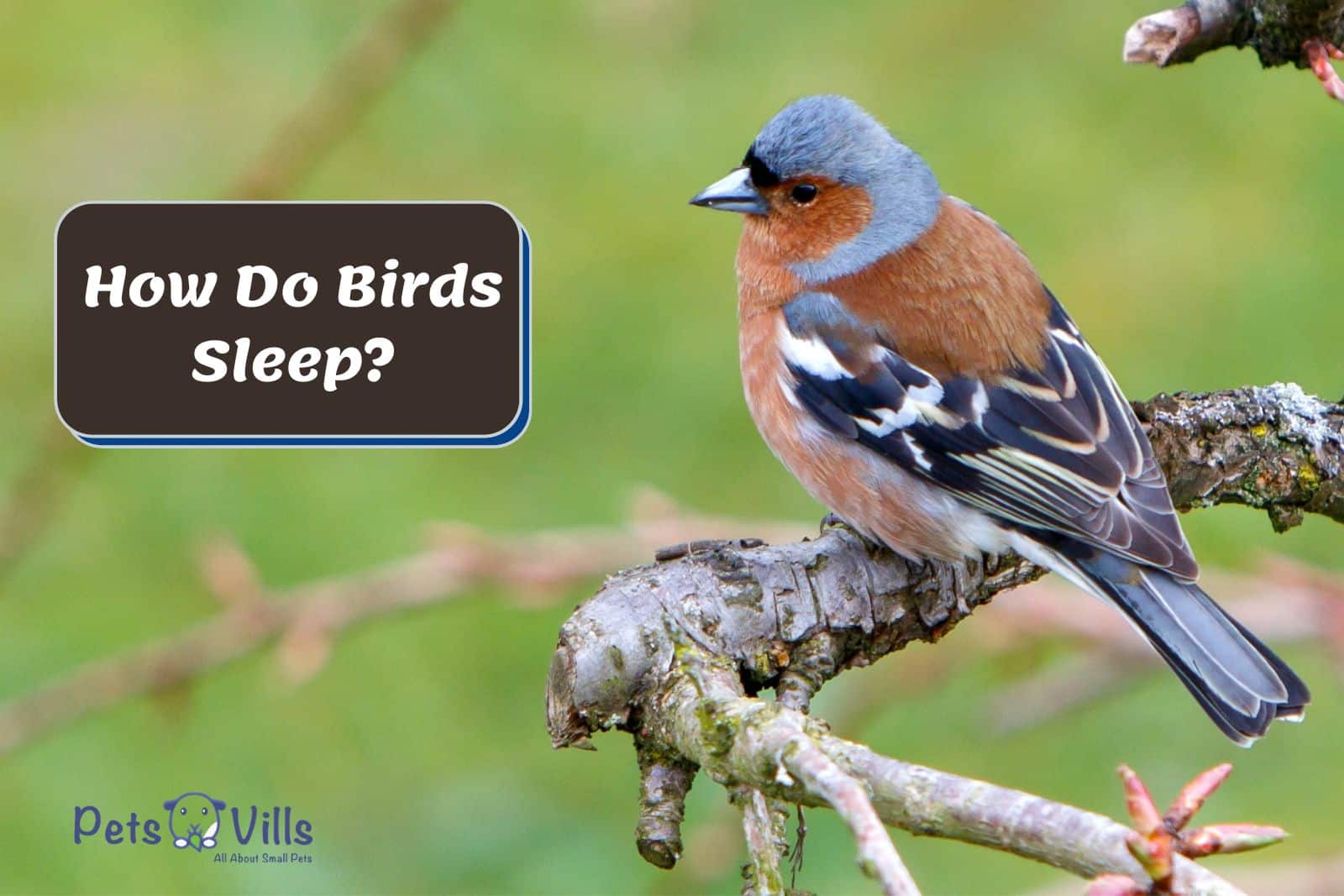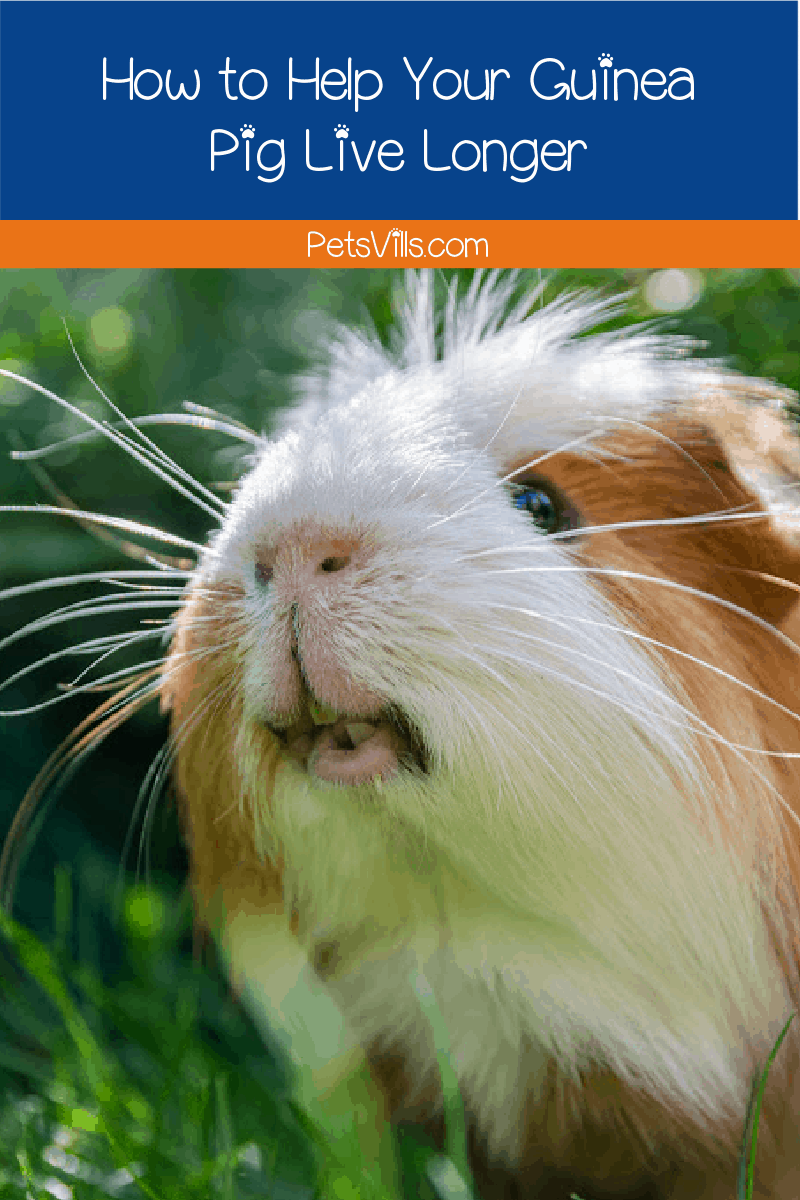Have you ever wondered how do birds sleep at night?
They seem to have so much energy and are constantly moving around. How do they relax and get the rest they need? Where do birds sleep at night?
Being a bird watcher for over ten years, I have learned some interesting things about some of the feathered creatures I would love to share with you.
READ MORE: How Long Does it Take for Baby Birds to Fly?
Table of Contents
How Do Birds Sleep?
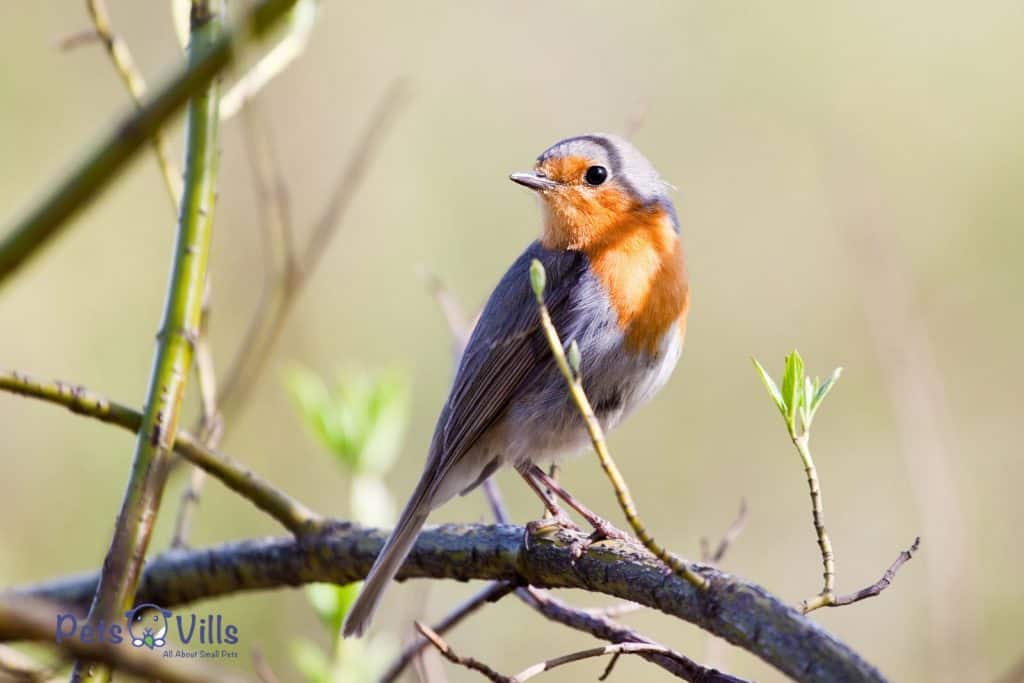
Birds sleep in a variety of ways, depending on the species. Some birds, like songbirds and hummingbirds, have evolved to be active during the day and sleep at night.
Other birds, like owls and swifts, are nocturnal and spend most of their lives sleeping during the day [1].
The first type of sleeping is called catnapping. This means that the bird alternates between being awake and asleep for short periods throughout the day.
Catnaps are typical for birds [2] living in areas with a lot of light during the day and darkness at night. This allows them to stay alert during the day and then take breaks when it gets dark outside to get some rest too!
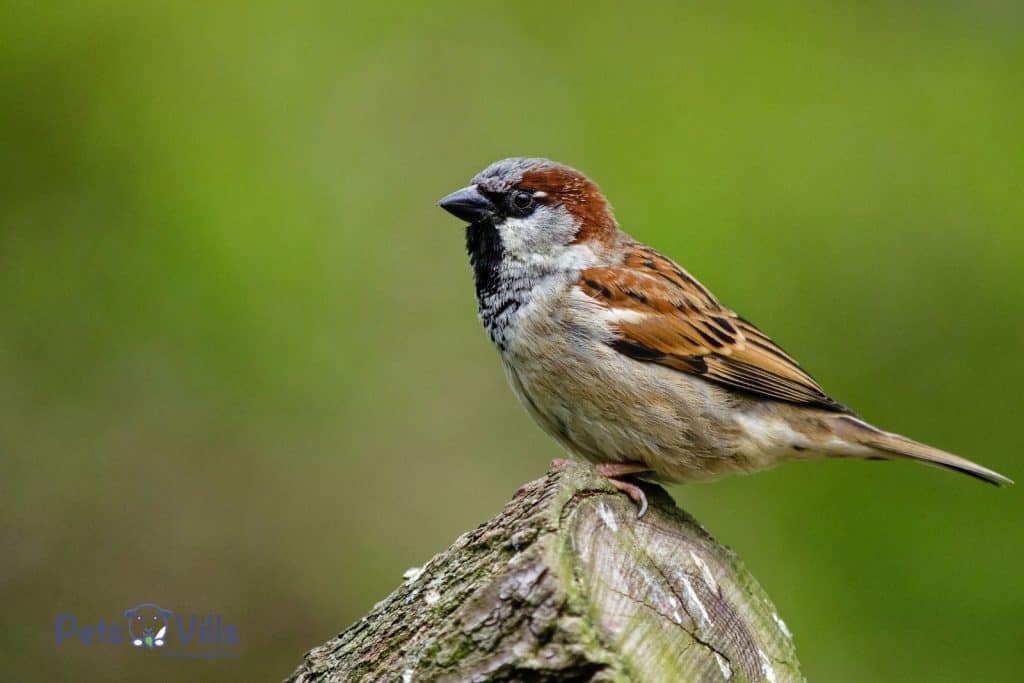
Another type of sleeping is called roosting or perching [3]. Some birds sleep while flying through the air but only if there isn’t much wind turbulence around them so they can keep themselves safe from falling out of their nest!
Other birds sleep on the ground while sitting up in a crouched position. Some birds will even dig holes in the ground and sleep inside them!
The list of birds that sleep while standing is long and varied [4].
This includes geese, ducks, and flamingoes who will stand on one leg with the other foot tucked inside them before going off to dreamland – sometimes they’ll even hunch over like an old man doing googlies!
According to a study conducted on frigate birds in the Galapagos Islands, they remain alert throughout the day. When they start flying at night, they get a few minutes of light sleep, called slow-wave sleep.
At this point, they also have a night of gentle REM sleep, and their head then bends. Of course, this happens only a few times, so there is no obstacle in their way of flying.
ALSO READ: Can Birds Carry Their Babies?
Do Birds Sleep With Their Eyes Open?
Birds are constantly on the lookout for predators, and it would seem that closing their eyes would make them vulnerable.
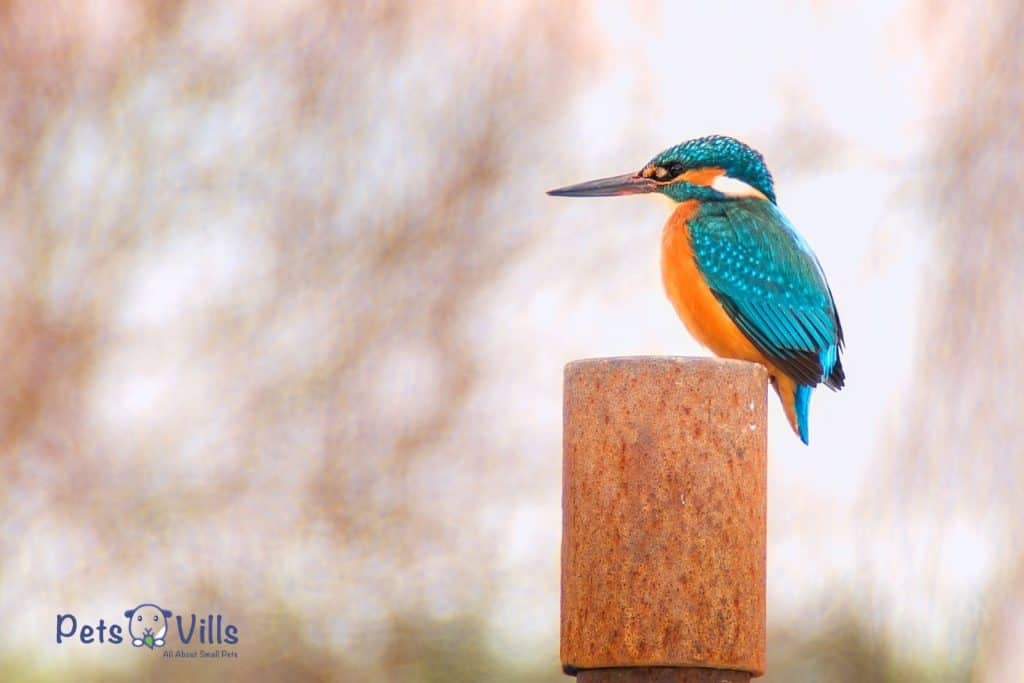
However, studies have shown that most birds sleep with their eyes open. While they may not enter a deep state of REM sleep, they can enter a light sleep state known as “passive vigilance.”
In this state, their brain activity decreases, and they become less alert, but their eyes remain open, and they can keep watch for danger.
Some birds sleep with their eyes closed, but some, like ducks, enter the unihemispheric slow-wave sleeping (USWS) [5]. This means they sleep with part of their brains awake and keep their eyes partially open.
The great thing about this bird is that it can control how much of its brain remains awake at any given time and how far it closes its eyes.
The amazing feat prevents the whole body from going into sluggishness and allows for alertness in dangerous situations.
Where Do Birds Sleep at Night?
Birds may rest or sleep in several different places depending on what type of bird they are.

Smaller birds such as hummingbirds will perch on branches or twigs, while larger birds such as eagles will nestle themselves into trees or other structures for sleep.
Birds also use their feathers for warmth at night when temperatures drop below freezing temperatures outside, so they don’t freeze over!
Without these special feathers, they would freeze overnight while sleeping outside during winter.
READ MORE: Do Baby Birds Push Their Siblings Out of the Nest?
What Time Do Birds Sleep?
Most birds are diurnal, meaning they are active during the day and sleep at night. However, a few nocturnal species exist, such as owls and nighthawks.
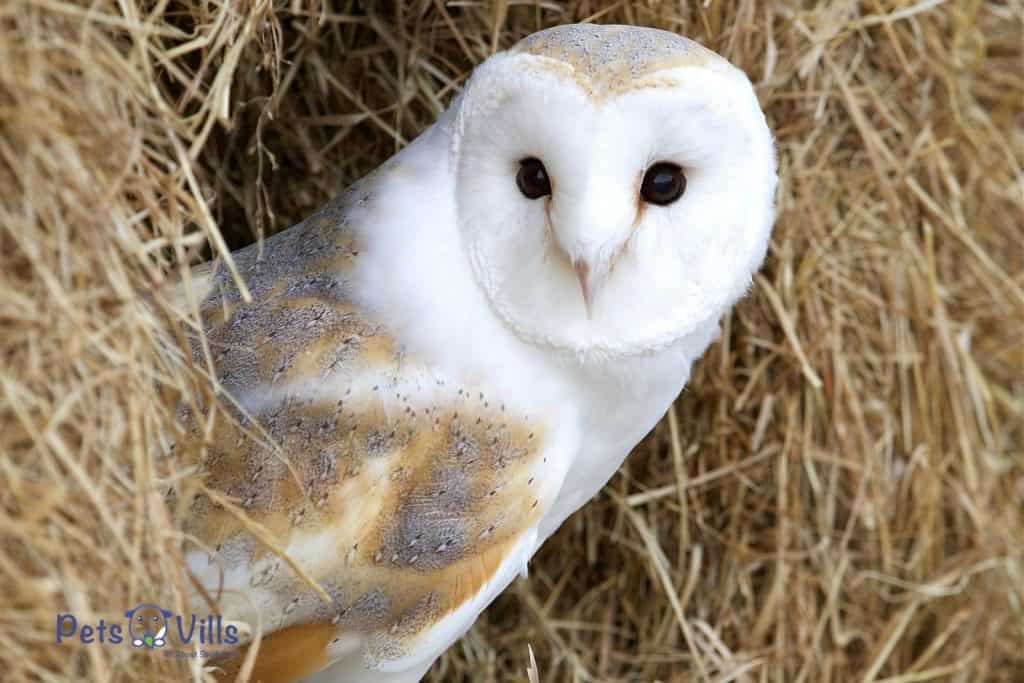
However, several birds are crepuscular, like the nighthawk, barn owl, owlet-nightjar, chimney swift, American woodcock, spotted crake, and white-breasted waterhen.
This means that they are most active at dawn and dusk. These birds typically sleep during the night and early morning hours.
Finally, a small number of birds are cathemeral, like the Barred Owl and Chimney Swift. This means they are active at irregular intervals throughout the day and night.
These birds typically have short periods of sleep interspersed with periods of activity.
FAQs
Do birds sleep standing up?
Yes, some birds like geese, ducks, and flamingoes sleep while standing up.
How long do birds sleep per day?
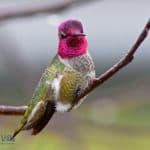
Usually, birds sleep for 10-12 hours.
Final Words
So there you have it. Different bird species have different ways of taking a snooze. But it’s all for their survival and ensuring maximum rest.
Depending on the bird, they may roost in different positions or use different methods to get their forty winks. It’s fascinating to see all the different ways our avian friends can sleep and still function properly.
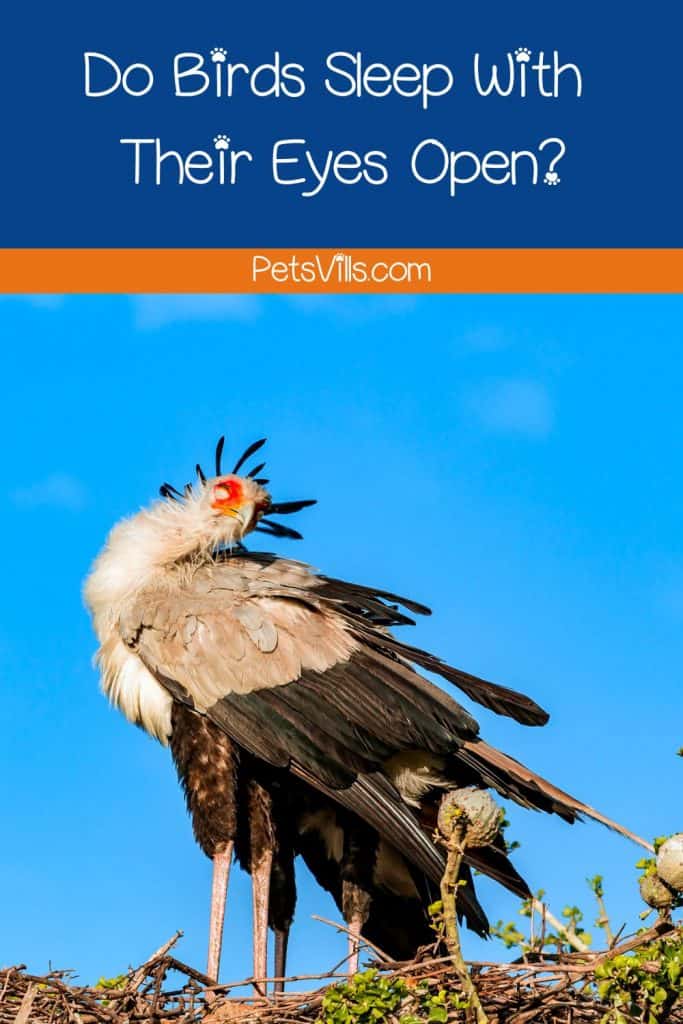
What do you think of birds’ sleeping habits? Please let us know below!
Resources
- 1. Yahya MS, Puan CL, Azhar B, Atikah SN, Ghazali A. Nocturnal bird composition in relation to habitat heterogeneity in small scale oil palm agriculture in Malaysia. Agriculture, Ecosystems & Environment. 2016;233:140-146. doi:10.1016/j.agee.2016.09.003
- 2. Fuchs T, Haney A, Jechura TJ, Moore FR, Bingman VP. Daytime naps in night-migrating birds: behavioural adaptation to seasonal sleep deprivation in the Swainson’s thrush, Catharus ustulatus. Animal Behaviour. 2006;72(4):951-958. doi:10.1016/j.anbehav.2006.03.008
- 3. Roosting – an overview | ScienceDirect Topics. www.sciencedirect.com. Accessed June 9, 2022. https://www.sciencedirect.com/topics/earth-and-planetary-sciences/roosting
- 4. How flamingos sleep while standing on one leg. www.science.org. Accessed June 9, 2022. https://www.science.org/content/article/how-flamingos-sleep-while-standing-one-leg#:~:text=The%20scientists%20stably%20propped%20up
- 5. Mascetti, Gian Gastone GG. Unihemispheric sleep and asymmetrical sleep: behavioral, neurophysiological, and functional perspectives. Nature and Science of Sleep. 2016;Volume 8(8):221-238. doi:10.2147/nss.s71970

